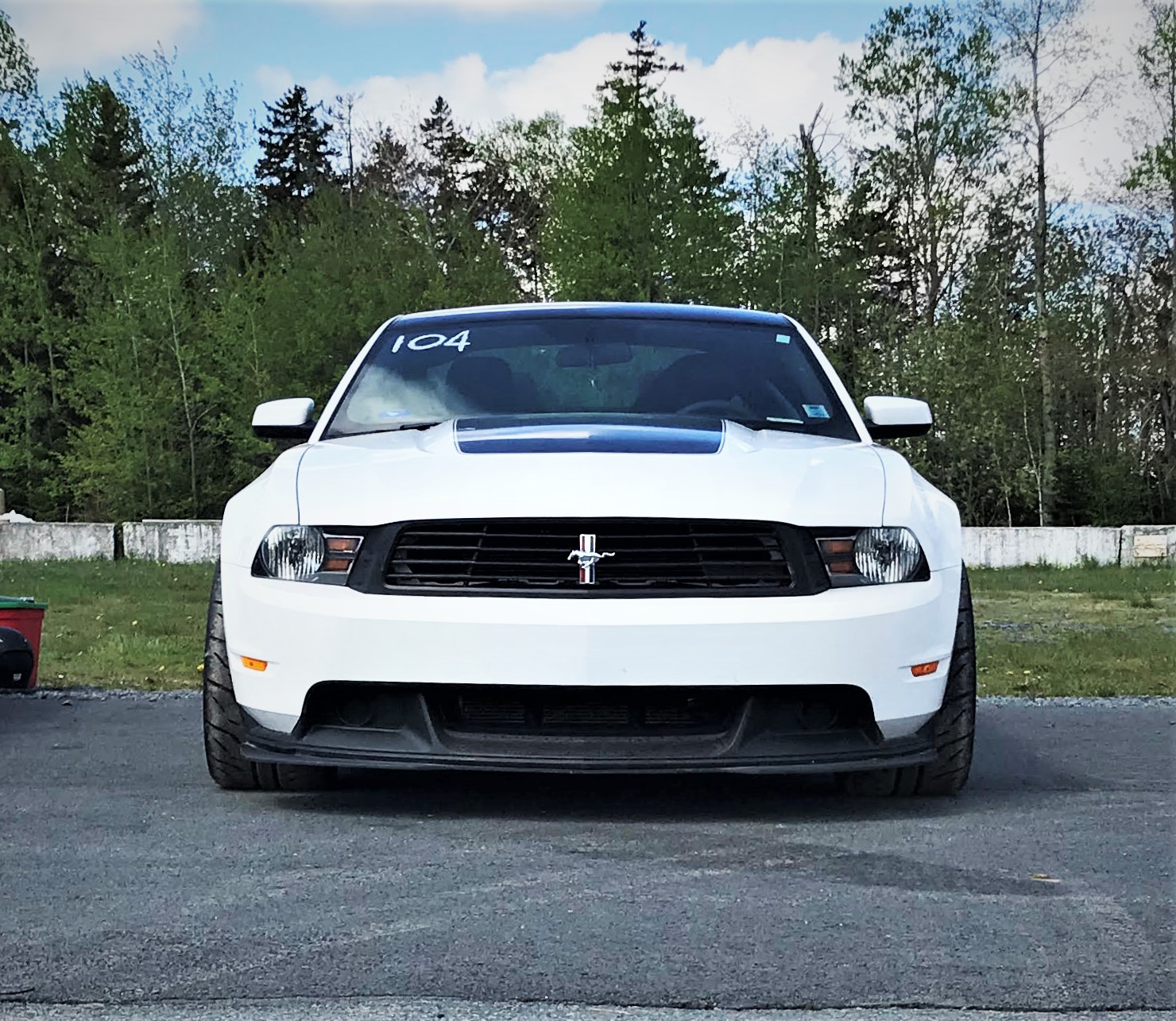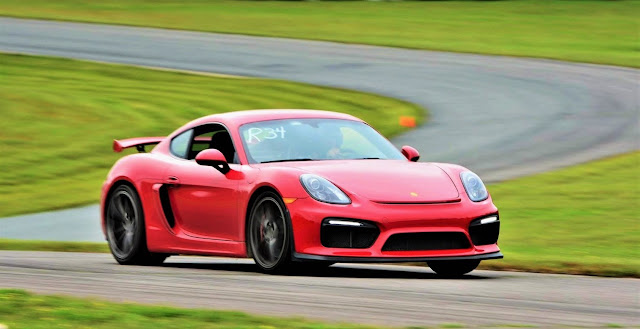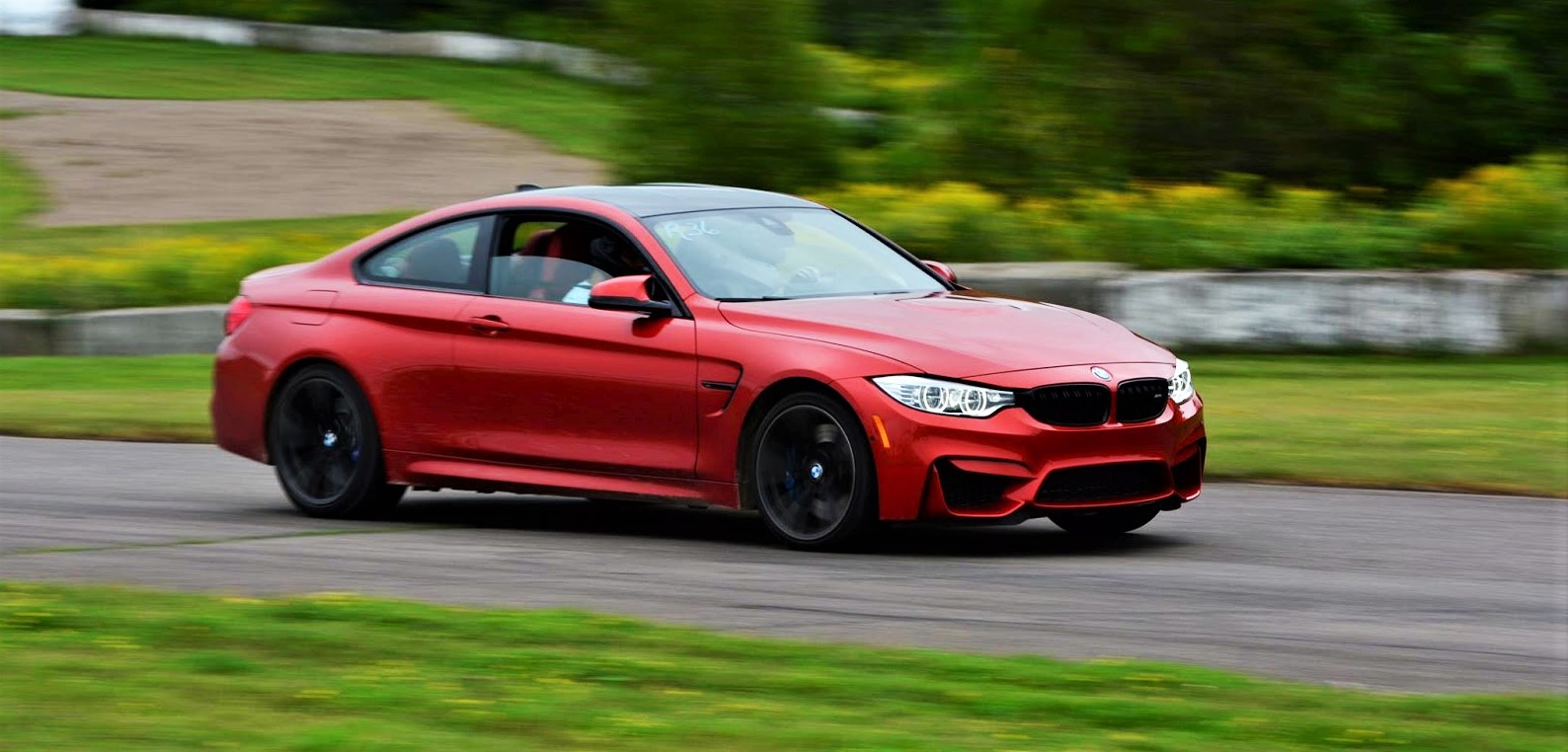If you want some proof that Cadillac is doing something right, I might be able to help. Looking through the stats of my blog, searches and viewership of my posts about the CT6 have been soaring lately. There's a lot of excitement about this car and I'm not surprised. There's a lot riding on it and while Cadillac sales haven't been newsworthy, it's hard to argue that it is well on its way to reestablishing itself as a true world leader in luxury with a slowly expanding lineup.
We heard a few things about the CT6 and have seen it in a first-in-the-industry reveal in an Oscars commercial (2016 Cadillac CT6 Surprise Unveil) but now we have full details and things are looking even better. Cadillac is promising a lot in terms of driver involvement, chassis control and power while still delivering in comfort, luxury and connectivity. I don't care much for the last (i.e. connectivity) but it is an important aspect of modern cars so they have to deliver on all fronts.
On the power front, there's an all new 3.0 litre twin turbo V6 engine with an estimated 400 hp and 400 lb-ft of torque sitting at the top of the line, the familiar 2.0 litre 4-cyl turbo serves as the base engine with 265 hp and an all new 3.6 litre naturally aspirated V6 is the midrange engine, making about 335 hp. At first, I thought the 2.0 litre turbo is small for a full size luxury sedan but remember that this is about 200 lbs lighter than the CTS which uses the same 2.0 litre turbo and it is more than adequate for a base engine. I'm sure we'll see two more engine options, one for a Vsport trim, probably the same 3.6 litre twin turbo one in the CTS, and another for the full-fat V-series. An active AWD system will be available for those looking for more traction. The transfer case is compact and lightweight. It also features two-gears for greater fuel economy than conventional fixed-torque all-wheel drive systems. All-wheel drive is standard on all CT6 six-cylinder models but it's unclear if it's optional on the 2.0 litre turbo.
Active rear steer will also be offered along with Magnetic Ride Control, as is now expected on every new Cadillac, with selectable drive modes. Those modes are Tour, Snow/Ice and Sport. Every wheel drives, every wheel steers and every wheel’s dampening is adjusted by the millisecond, for responsiveness and driver control unparalleled in the segment, according to Cadillac. Additionally, theres a new feature called Auto Vehicle Hold, which prevents the car from rolling during hill starts and will also keep the car from creeping forward in stop and go traffic to reduce fatigue.
Just about every connectivity and luxury feature you can think of is offered but a few caught my attention. There's a surround-view video recording system that can record front and rear views while driving, and offers 360 degrees of recording if the vehicle’s security system is activated. There's night vision and a rear view camera mirror that uses a camera to fill in the blind spots in the mirror for an unobstructed view. If you're sitting in the back, there's a new articulating rear seat package that offers approximately 3.3 inches (83 mm) of adjustable seat travel, lumbar adjustment, tilting cushions, massage feature, heating/cooling features and armrest with media controls, including HDMI and USB ports combined with 10-inch screens that retract into the front seatbacks and come with connectivity for external devices.
I think the most impressive thing about this car is how much effort Cadillac put into the chassis and driving dynamics as well as rear seat comfort and convenience. This is a an executive sedan that you should be just as happy relaxing in the back on a business trip as you are driving on the weekend with the family. I've never thought I'd be excited about a full size luxury sedan but Cadillac managed to do that. Production will begin at the end of 2015 for the North American market at the Detroit-Hamtramck assembly plant. The plant will also produce and export to Europe, Korea, Japan, Israel and the Middle East, starting in early 2016. The CT6 will also be available in China, but Chinese market vehicles will be built in China at an all new plant, which will also start in early 2016. I can't wait!
Wondering how Cadillac achieves those incredible weight savings compared to the competition? Here's a blurb from the press release (including a link):
"The body-in-white of the 2016 Cadillac CT6 is structurally lighter and stiffer than any other dynamically similar vehicle such as the BMW 5-Series or Audi A6.
The new architecture has a mixed-material structure with all-aluminum exterior body panels. Engineers conducted 50 million hours of computational analysis – including 200,000 structural simulations – in its development, generating 21 patents.
The CT6 is approximately 218 pounds (99 kg) lighter than a comparable vehicle using predominantly high-strength steel.
GM’s most advanced body manufacturing methods are used to fabricate the structure, including proprietary aluminum spot welding technology that is more efficient and helps reduce weight. Laser welding, flow drill fasteners and self-piercing rivets are also employed, along with roughly 591 feet (180 meters) of advanced structural adhesives."
For more details on luxury and connectivity features, visit the full GM press release here.















Comments
Post a Comment